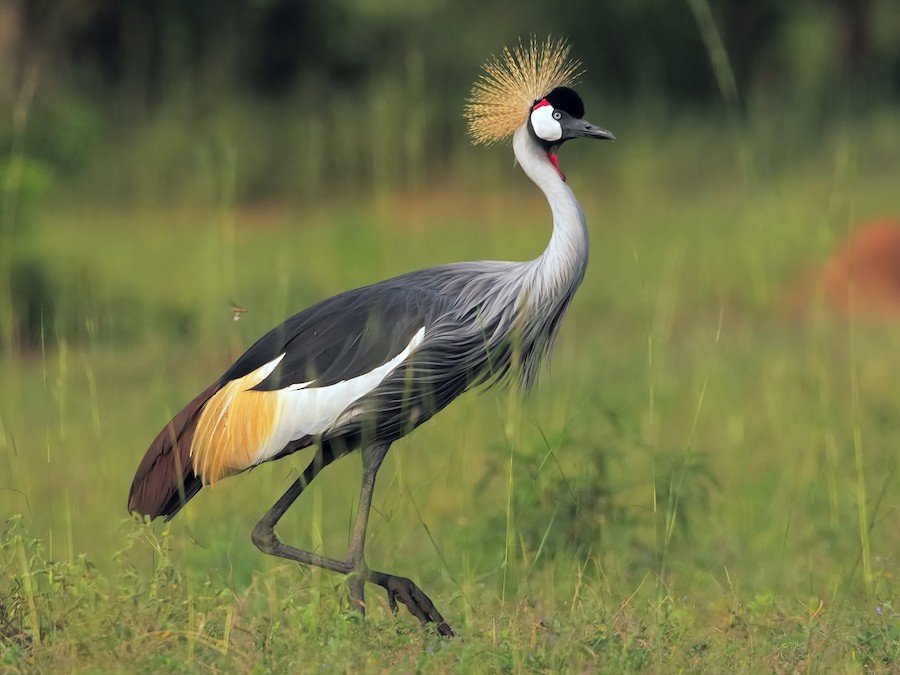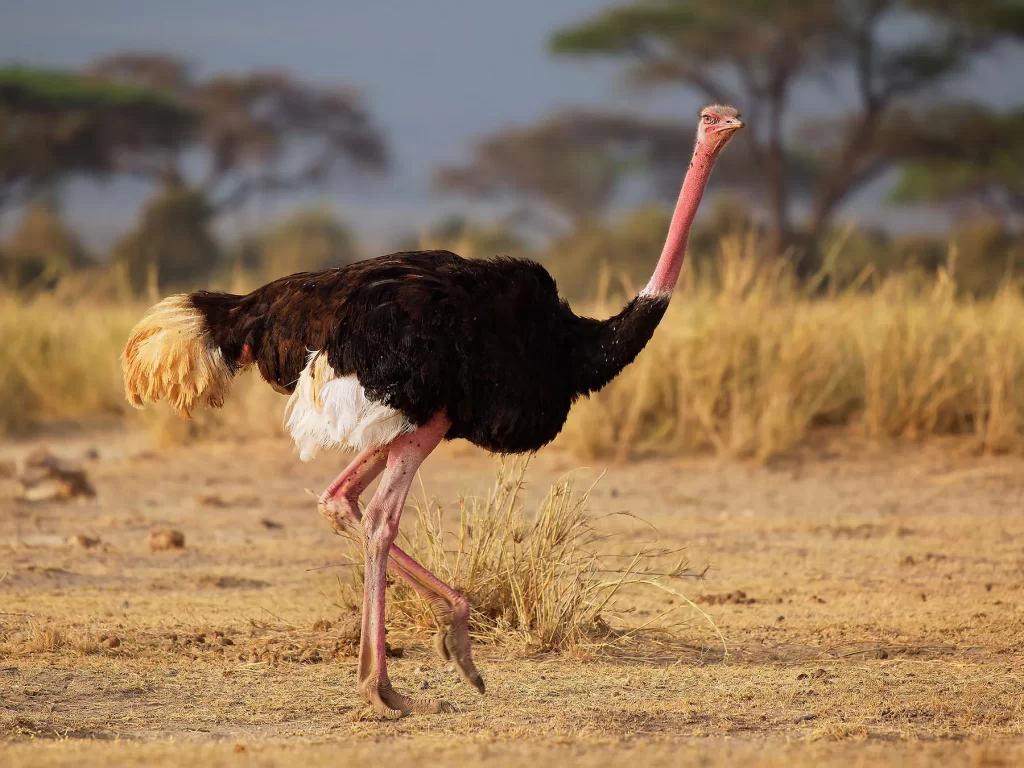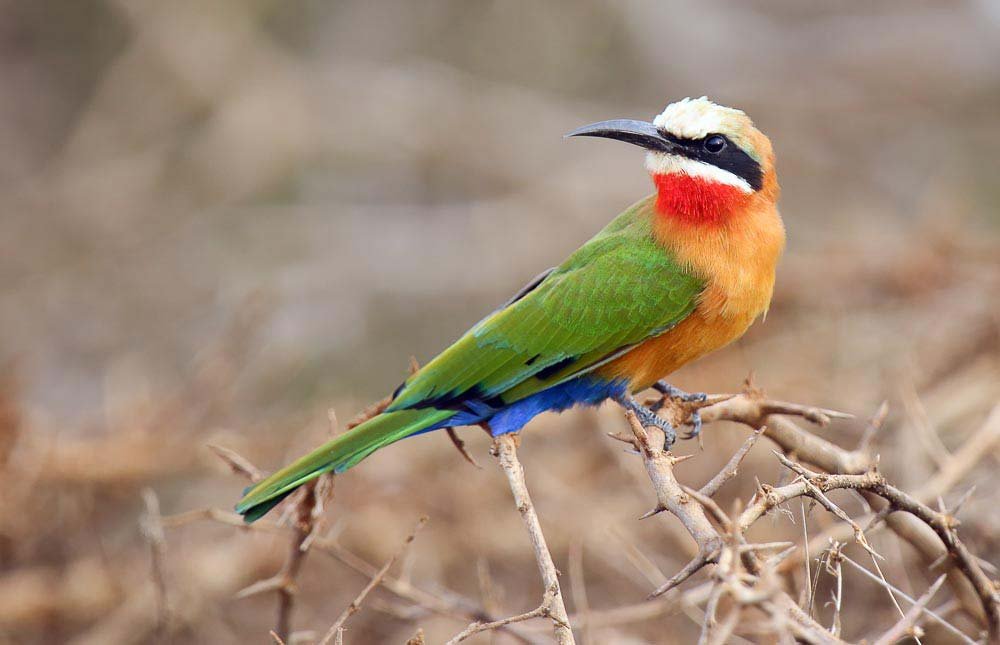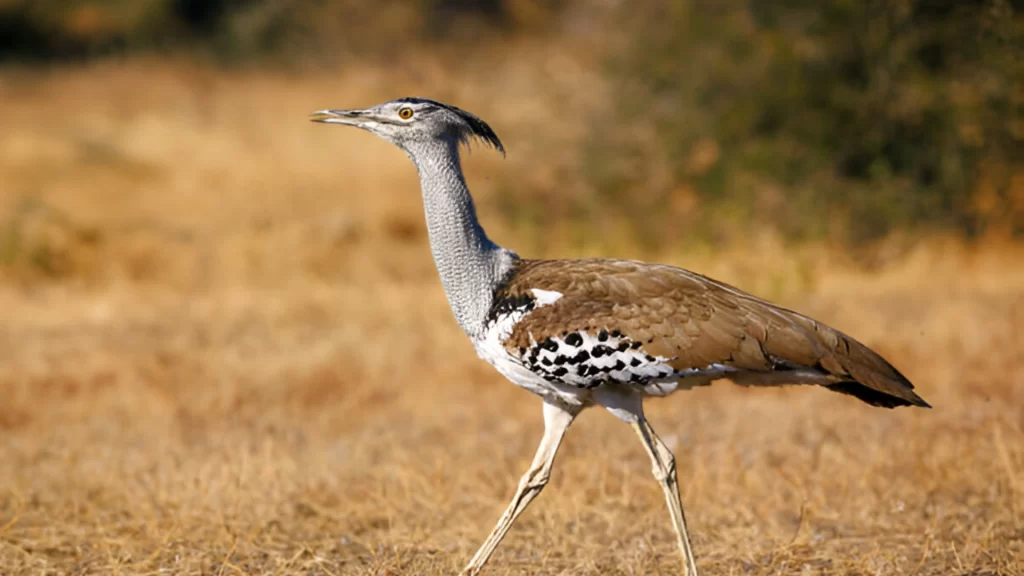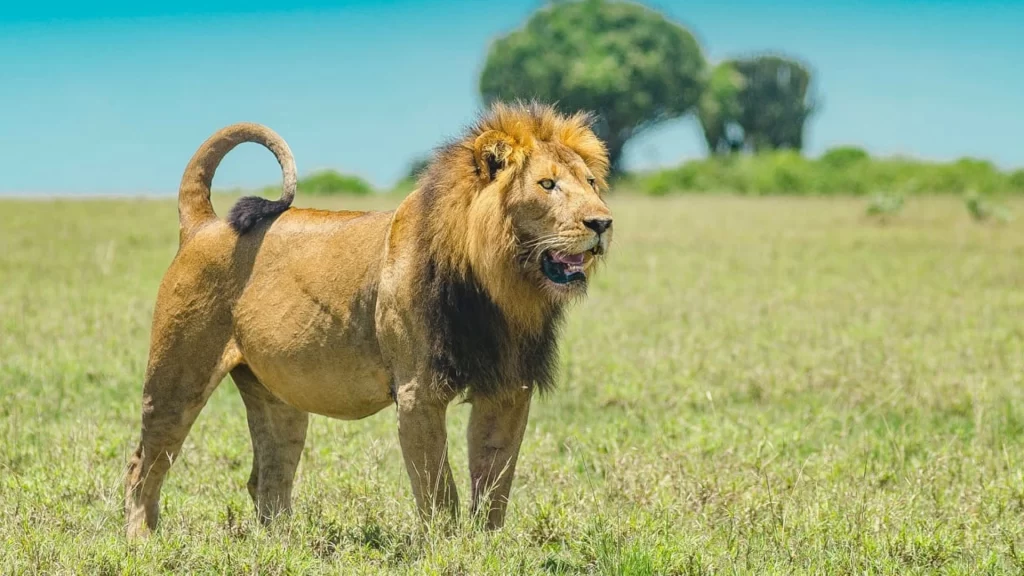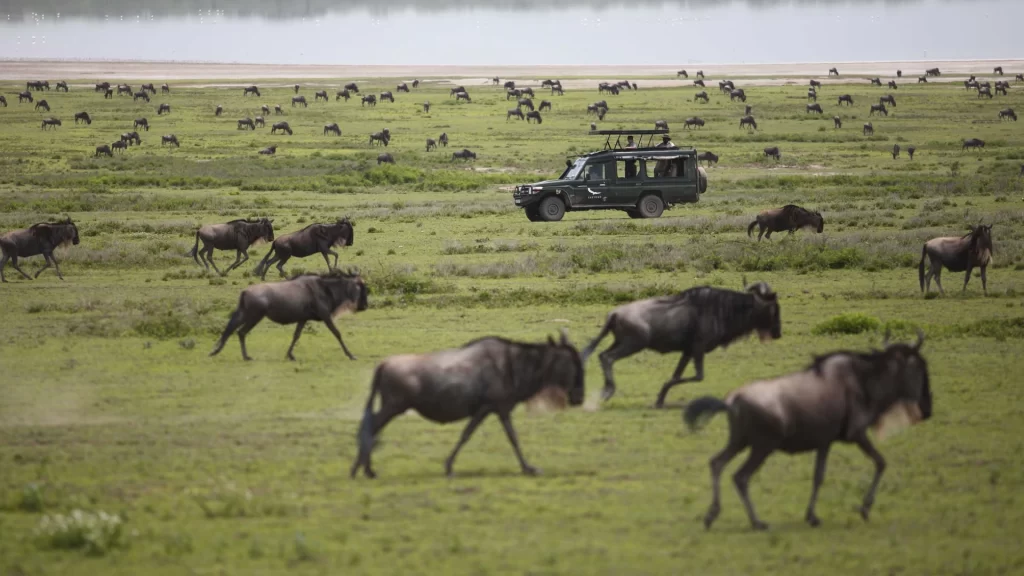Lake Ndutu, located in the Ngorongoro Conservation Area, stands as a pivotal destination in Tanzania’s northern safari circuit. Indeed, this shallow, alkaline lake and its surrounding plains become the epicenter of the Great Wildebeest Migration during specific months. Unlike year-round permanent water sources, Lake Ndutu is a seasonal lake, filled by rains. Consequently, its nutrient-rich grasses provide vital sustenance for millions of wildebeest, zebras, and gazelles, especially from December to March. This period transforms the landscape into an active nursery. The sheer scale of wildlife gathering here makes the Ndutu region an essential stop for any safari enthusiast.
Lake Ndutu’s Calving Season Spectacle
What makes Lake Ndutu truly famous? Primarily, it serves as the primary calving grounds for the wildebeest migration. From late January through February, hundreds of thousands of wildebeest calves are born daily. This incredible spectacle attracts a vast array of predators. Therefore, lion, cheetah, leopard, and hyena sightings become exceptionally common. They follow the massive herds, preying on vulnerable newborns. Witnessing the drama of life and death unfold on the open plains around this lake offers an unparalleled safari experience. Moreover, the open, grassy landscape provides excellent visibility, making game viewing particularly rewarding. Birdlife also flourishes here, with various migratory and resident species adding to the vibrant ecosystem of Lake Ndutu.
Planning Your Lake Ndutu Safari Adventure
Planning your safari to Lake Ndutu means timing your visit with the migration’s presence. Specifically, the period from December to March offers the best chances to witness the calving season. Many mobile tented camps establish themselves in the Ndutu area during these months. These camps, consequently, provide direct access to the action. Their flexibility allows them to move with the herds. Beyond the wildebeest, you still find resident wildlife, including elephants, giraffes, and various antelope species, thriving near Lake Ndutu. The remote, wild feel of the area surrounding the lake adds to its charm. Ultimately, for an immersive experience in the heart of the Great Migration most dramatic phase, a visit to this vital Tanzanian ecosystem is indispensable. It truly offers a unique and unforgettable wildlife encounter.










